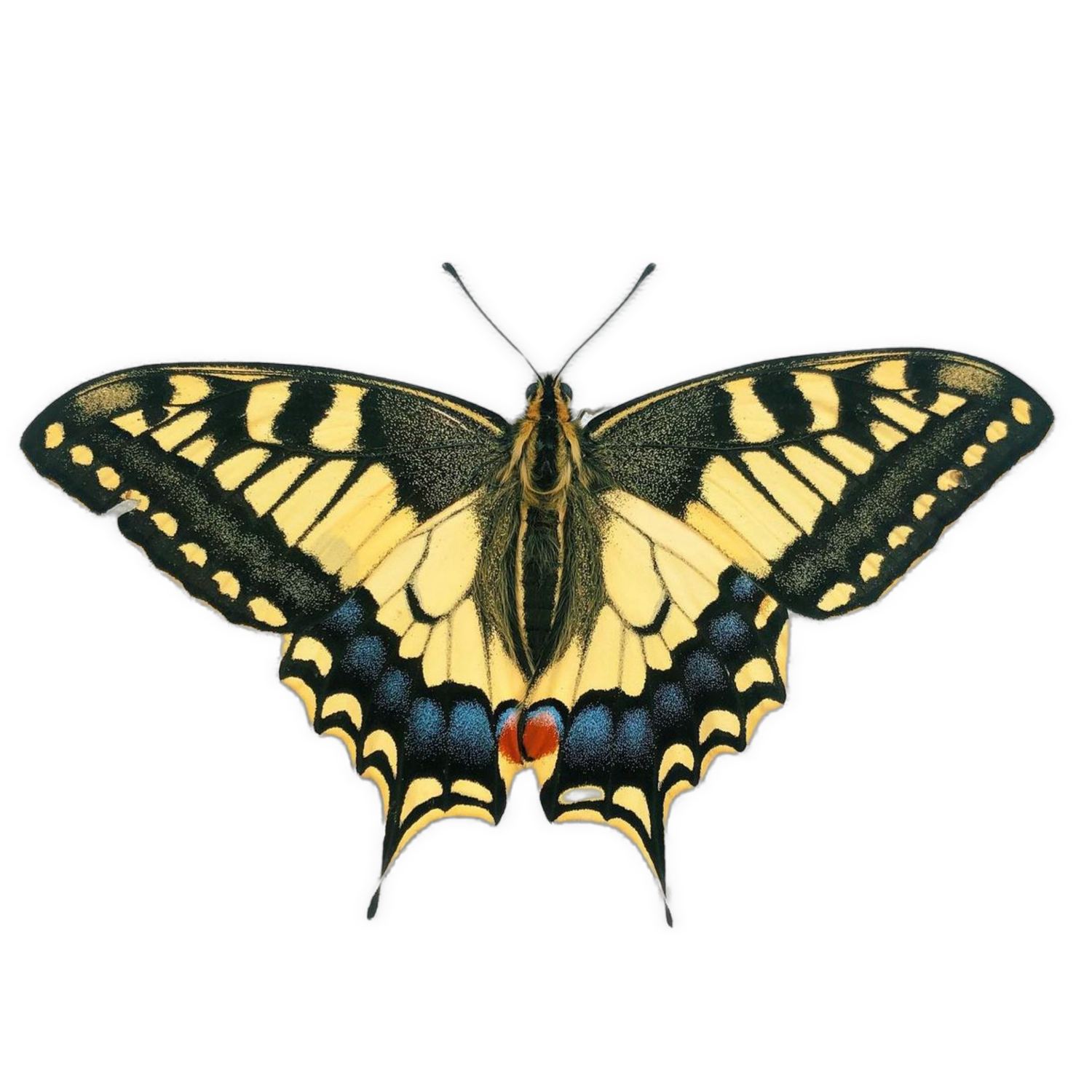Smerinthus ocellata EGGS
It’s no surprise where the Eyed Hawk-Moth gets its name from. These strikingly colourful eye spots on the hindwing have evolved to deter predators - when disturbed or startled, the moth opens its wings fully and moves them up and down to create the illusion of a larger animal - with the forewings covered in a camouflage pattern that resembles tree bark. When at rest on a tree these moths could easily be overlooked! Caterpillars feed on a few different plants (see below) and are not difficult at all to rear. Moths are produced in spring and summer, with late summer pupae overwintering until the following April/May.
Difficulty - Easy (1/10)
Host plants - Willow; Birch; Apple; Cherry; Alder
Conditions - Room temperature or outside
Lifecycle - Two broods in spring and summer
It’s no surprise where the Eyed Hawk-Moth gets its name from. These strikingly colourful eye spots on the hindwing have evolved to deter predators - when disturbed or startled, the moth opens its wings fully and moves them up and down to create the illusion of a larger animal - with the forewings covered in a camouflage pattern that resembles tree bark. When at rest on a tree these moths could easily be overlooked! Caterpillars feed on a few different plants (see below) and are not difficult at all to rear. Moths are produced in spring and summer, with late summer pupae overwintering until the following April/May.
Difficulty - Easy (1/10)
Host plants - Willow; Birch; Apple; Cherry; Alder
Conditions - Room temperature or outside
Lifecycle - Two broods in spring and summer
It’s no surprise where the Eyed Hawk-Moth gets its name from. These strikingly colourful eye spots on the hindwing have evolved to deter predators - when disturbed or startled, the moth opens its wings fully and moves them up and down to create the illusion of a larger animal - with the forewings covered in a camouflage pattern that resembles tree bark. When at rest on a tree these moths could easily be overlooked! Caterpillars feed on a few different plants (see below) and are not difficult at all to rear. Moths are produced in spring and summer, with late summer pupae overwintering until the following April/May.
Difficulty - Easy (1/10)
Host plants - Willow; Birch; Apple; Cherry; Alder
Conditions - Room temperature or outside
Lifecycle - Two broods in spring and summer




